The Monolithic Seal: How Spray Foam Roofing Prevents Leaks and Water Damag
Spray foam roofing creates a seamless and durable surface that strengthens buildings against leaks and water damage. Unlike traditional roofing systems that rely on seams, fasteners, or layered membranes, spray polyurethane foam (SPF) forms a continuous layer that adheres directly to the roof deck. This structure eliminates weak points where water often finds its way in. Property owners across residential and commercial sectors are increasingly turning to spray foam roofing insulation services for long-term moisture control, reduced maintenance, and greater energy efficiency. This article explains how the monolithic seal works, the science behind its water resistance, and the real-world benefits it provides.
Spray Foam Roofing Creates a Seamless Protective Layer
The most important feature of spray foam roofing is its ability to form a continuous, joint-free surface. Traditional roofing systems use sheets, fasteners, or adhesives, which introduce seams where leaks can develop over time. Spray foam is applied as a liquid, expanding and hardening into a solid protective layer that conforms to any roof shape or slope.
Why Seamless Application Matters
Seams, overlaps, and punctures are the most common sources of roof leaks. Spray foam eliminates those vulnerabilities by adhering directly to the substrate and filling gaps or irregularities. Once cured, the foam becomes a watertight layer that resists penetration even under heavy rain or standing water.
Conforming to Complex Roof Designs
Flat roofs, curved edges, and irregular penetrations often challenge traditional roofing materials. Spray foam adapts to these features during application, creating a uniform barrier that traditional sheet systems cannot achieve. This adaptability ensures that every surface is fully protected against water infiltration.
Closed-Cell Structure Strengthens Moisture Resistance
The closed-cell composition of spray foam provides an additional defense against leaks. Each cell within the foam is tightly packed, preventing water from passing through or spreading inside the material. This structure differentiates it from open-cell foam and traditional insulation layers that may absorb moisture.
How Closed-Cell Foam Prevents Water Intrusion
Closed-cell spray foam traps gas in each tiny cell, making the material dense and water-resistant. Even if the roof surface sustains minor damage, water cannot move laterally through the foam. This feature contains potential leaks and prevents widespread roof damage.

Comparison with Other Roofing Insulation Types
To understand the advantage, it helps to compare foam against conventional roofing insulation:
| Insulation Type | Water Resistance | Risk of Moisture Spread | Durability Under Ponding |
|---|---|---|---|
| Closed-Cell Spray Foam | High – cells block water intrusion | Minimal – localized if punctured | Strong, maintains shape |
| Open-Cell Foam | Low – absorbs water | High – water moves freely inside | Weak when wet |
| Fiberglass/Board Insulation | Moderate – absorbs if exposed | Moderate – can wick moisture | Can deteriorate over time |
The Monolithic Seal Reduces Leak Pathways
Spray foam’s monolithic design means the roof acts as one continuous surface. This structure not only blocks external water entry but also reduces the number of pathways where leaks can develop.
Elimination of Fastener Penetrations
Many roofing systems rely on mechanical fasteners that puncture the surface. Each penetration represents a potential leak site over time. Spray foam avoids fasteners altogether, relying instead on direct adhesion to the roof deck.
Continuous Coverage Across Flashings and Edges
Transitions around HVAC units, vents, and parapet walls are frequent sources of leaks. Spray foam covers these details in a single application, removing gaps where sealants might otherwise fail. The foam expands and seals around penetrations, protecting high-risk zones.
Resistance to Ponding Water and Weathering
Flat and low-slope roofs often face ponding water that accelerates wear in traditional systems. Spray foam roofing resists this pressure due to its closed-cell density and strong adhesion.
How Spray Foam Handles Ponding Conditions
The foam’s compressive strength allows it to withstand the weight of standing water without deformation. Unlike materials that break down when exposed to constant moisture, spray foam maintains integrity and prevents seepage into the substrate.
Weather-Resistant Top Coatings
Spray foam roofing is usually finished with an elastomeric coating that reflects UV rays and shields the foam from weathering. This coating enhances durability while maintaining the waterproof seal, reducing maintenance cycles.
Energy and Structural Benefits Beyond Waterproofing
Spray foam roofing not only prevents leaks but also strengthens overall building performance. Its continuous insulation layer reduces energy loss and supports structural stability.
Thermal Efficiency from Continuous Insulation
The foam’s R-value per inch is higher than most conventional insulations, reducing heating and cooling costs. Unlike layered roofing systems with thermal breaks at seams, spray foam maintains continuous insulation across the roof deck.
Added Strength to the Building Envelope
Once cured, spray foam roofing bonds to the roof surface and increases its rigidity. This bond distributes loads more evenly and adds resilience against wind uplift, reinforcing long-term structural performance.
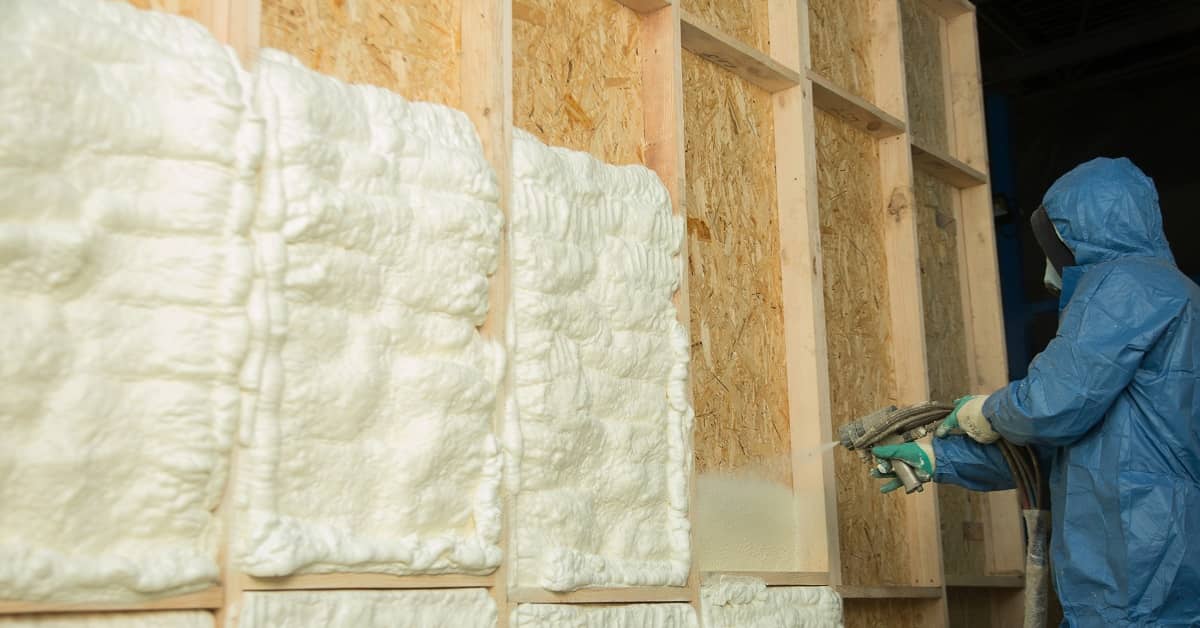
Conclusion
Spray foam roofing prevents leaks and water damage by forming a seamless, monolithic seal. Its closed-cell composition blocks water penetration, while its direct adhesion eliminates seams and fasteners that often fail in traditional roofing. The system’s resistance to ponding water and weathering extends roof life, while its insulating qualities reduce energy costs. For property owners, both residential and commercial, spray foam roofing delivers more than moisture control—it enhances structural reliability and energy performance at the same time. Choosing this system through an experienced spray foam insulation contractor means reducing long-term risks associated with water intrusion and investing in a roof that maintains integrity under challenging conditions. The monolithic seal is not only an effective defense against leaks but also a durable solution that strengthens buildings for decades.
FAQs
Does spray foam roofing stop all leaks immediately after installation?
Yes. Once cured, spray foam roofing forms a continuous watertight barrier. Any gaps, seams, or irregularities in the roof are sealed during the application process, preventing leaks from forming.
Can spray foam roofing handle standing water on flat roofs?
Yes. The closed-cell structure of the foam prevents water from seeping through, and its compressive strength resists ponding conditions without losing shape or function.
How does spray foam roofing compare to traditional membrane roofing in durability?
Spray foam roofing lasts longer because it eliminates seams, fasteners, and layered joints that typically fail first in membrane systems. With proper coating maintenance, it can outlast many conventional roofs.
What happens if the spray foam surface is punctured?
Minor punctures usually remain localized because water cannot spread laterally through closed-cell foam. Repairs can be made quickly by reapplying foam and recoating the surface.
Is spray foam roofing suitable for both residential and commercial properties?
Yes. Its adaptability makes it effective for residential homes with complex rooflines and large commercial buildings with flat or low-slope roofs. The same principles of leak prevention and energy efficiency apply in both cases.
Reviewer: Olivia Thompson has spent 10 years working in spray foam insulation, helping companies grow their visibility. She reviewed this article and provided valuable suggestions on how to better align the content with the needs and expectations of customers, ensuring it resonates with the target audience.

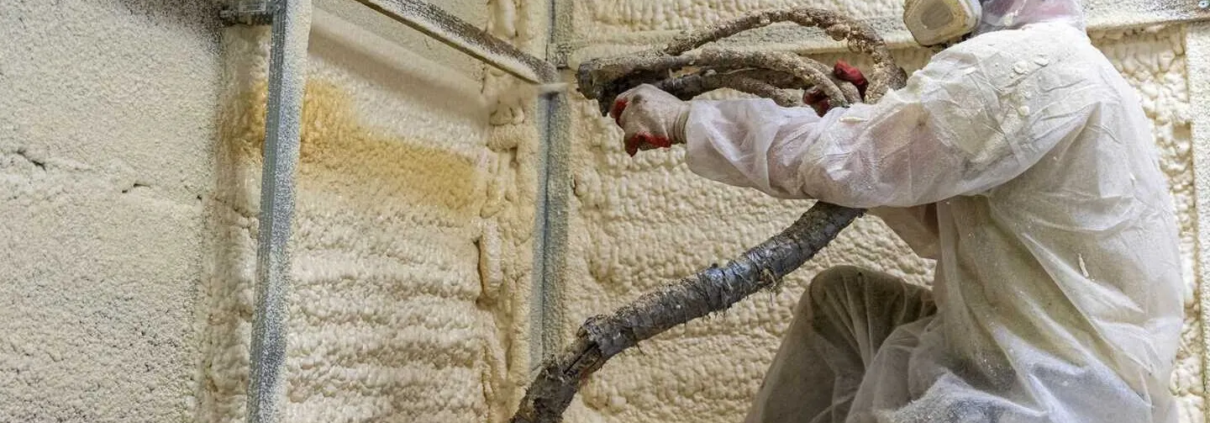



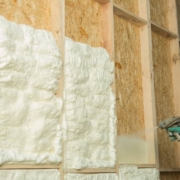
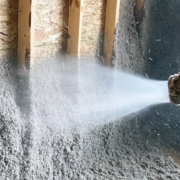
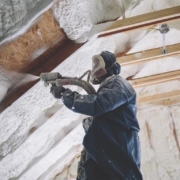


Leave a Reply
Want to join the discussion?Feel free to contribute!